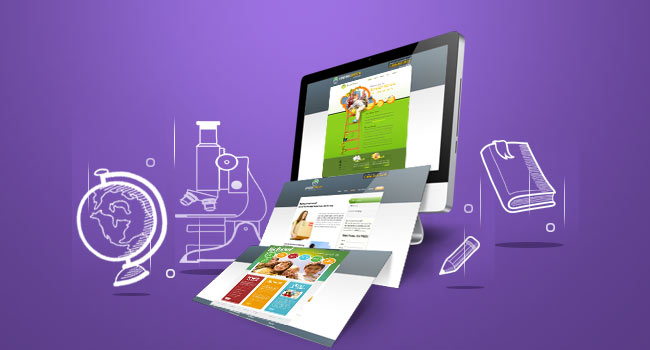The biggest challenge for any teacher is capturing each student’s attention, and conveying ideas effectively enough to create a lasting impression.
As a teacher, to tackle this challenge effectively, you should implement innovative ideas that make the classroom experience much more lovable for your students.
So here are 16 innovative ideas that will help you reinvent your teaching methods and make your classes more interesting.
1. Creative Teaching
Take the help of tools to stimulate creativity. Include playful games or forms of visual exercises that will excite young minds and capture their interest.
This is a time-tested method to identify every young student’s creative abilities and encourage creative contributions.
Bring aspects of creativity into all your subjects, be it mathematics, science, or history. Think of ways to develop their creative ideas.
Encourage different ideas, give them the freedom to explore
2. Audio & Video Tools
Incorporate audio-visual materials to supplement textbooks during your sessions. These can be models, filmstrips, movies, pictures, infographics or other mind mapping and brain mapping tools.
Such tools will help their imagination thrive and grow.
These methods will not only develop their ability to listen but will also help them understand the concepts better.
For example, you can get some oral history materials, conduct live online discussions or playback recordings of public lectures.
If you are tech-savvy, there are also a number of smart apps for preschoolers that you can utilize to create awesome slideshows or presentations
Get FREE Teacher Apps (Check it Now)
3. “Real-World” Learning
Infusing real-world experiences into your instructions will make teaching moments fresh, and enrich classroom learning.
Relating and demonstrating through real-life situations will make the material easy to understand and easy to learn. It will spark their interest and get the children excited and involved.
4. Brainstorm
Make time for brainstorming sessions in your classrooms. These sessions are a great way to get the creative juices flowing.
When you have multiple brains focusing on one single idea, you are sure to get numerous ideas and will also involve everyone into the discussion.
These sessions will be a great platform for students to voice their thoughts without having to worry about right or wrong.
Set some ground rules before you start. You can go for simple brainstorming or group brainstorming or paired brainstorming
5. Classes Outside the Classroom
Some lessons are best learnt, when they are taught outside of the classroom. Organize field trips that are relevant to the lessons or just simply take students for a walk outside of the classroom.
Field trips can help students make connections between classroom learning and real-world experiences. You can plan visits to museums, zoos, or historical sites related to the learning subjects. You can also arrange for students to visit local businesses or organizations related to what they learn to gain first-hand experience. Outdoor excursions, such as nature walks, hikes, or camping trips also help engage students in hands-on learning.
Students will find this fresh and exciting. Without taking much effort, they will learn and remember what you teach them.
6. Role Play
Teaching through role-playing is a great way to make children step out of their comfort zone and develop their interpersonal skills.
This method comes in handy, especially when you are teaching literature, history or current events.
Also Read: 15 Best Math Apps For Kids
The role playing approach will help a student understand how the academic material will be relevant to his everyday tasks
Role playing is most effective for students of almost any age group. You just need to customize depending on the age group.
You can even use this method for teaching preschoolers. Just make sure you keep it simple enough to capture their limited attention span.
Get FREE Teacher Apps (Check it Now)
7. Storyboard Teaching
Rudyard Kipling rightly said, “If history were taught in the form of stories, it would never be forgotten.”
Storyboarding is a great way to teach any subject which requires step-by-step memorization or visualization highly-conceptual ideas.
History teachers can use a storyboard to recreate a famous event. Such visually stimulating activity will ensure that even complex ideas are easily put across to students.
You can also encourage the use of storyboards as a form of communication and let the students tell a story in pictures using their imagination
8. Stimulating Classroom Environment
A classroom environment that is well-decorated, fun, and engaging will help stimulate a student’s mind and will help think and learn better.
Such a creative and stimulating environment will help them explore and will encourage them to learn about the subject.
Children, especially young ones cannot be expected to sit all day and learn. An environment that positively impacts the children is beneficial for you as well.
Schools associated with Early Years Foundation Stage(EYFS) will vouch for the fact that the learning environment has a prime role in learning and development.
9. Welcome New Ideas
An open-minded attitude can help you in innovating new teaching methods. Though you might claim to be open-minded, its human nature to resist change.
Evaluate yourself and ensure you try out new ideas in the classroom.
10. Think About A New Hobby
Sometimes, a hectic workload may affect your engagement in teaching.
If it happens to you, it’s natural.
You can take a break for a couple of hours and engage in some other activity that you’re interested in.
This will rejuvenate you and you can return to your work with more passion and interest.
11. Work Together As a Team
As everyone knows, the end result of the collaborative effort is always immense.
Think about spending some quality time with your colleagues. Ask them to share their views on improving teaching methods, you can see many of them come up with interesting strategies.
So, collaborate and introduce innovative teaching methods.
Also Read: EDU-SUITE – The Best School Management Software in 2023
12. Puzzles and Games
Learning is fun when puzzles and games are part of education. Children may not require taking conscious effort when their lessons are introduced through games.
Puzzles and games help children to think creatively and face challenges.
13. Start School Clubs or Groups
What about starting an after-school club or group?
Being a teacher you may not get enough time to work on interesting topics that you are passionate about.
You can share your views and learn more from others when you have school clubs or groups.
14. Refer to Books On Creativity
To be a creative teacher, you need to do some research on creative ideas and techniques.
There are a lot of books on creativity.
Choose some of the best works and start learning, it will be helpful for your professional development as well.
15. Love What You Do
You can give your best only if you truly love what you do.
When you are not stressed, you will be more creative and inspired.
Loving your work keeps you relaxed and gives you room to experiment with new ideas.
16. Introduce Lessons Like a Story
Just think, why do you watch movies with much interest?
You like to watch movies because there is always an interesting story to keep you engaged.
Like that,
Learning sessions become more interesting when you introduce it as a story. If you are creative, even math lessons can be related to interesting stories.
17. Music
Use music to create a more engaging learning environment. Music can be used to help students learn new concepts, improve memory retention, and enhance creativity.
It also creates a more relaxed and enjoyable atmosphere in the classroom and can help to keep students engaged and motivated.
18. Art Activities
Make use of art activities.
Art can help students develop creativity, critical thinking, and problem-solving skills. One way to incorporate art is to use visual aids, such as pictures or diagrams, to help explain complex concepts. Another way is to allow students to create art as a way to explore and express their understanding of a topic. This can be in the form of drawing, painting, sculpting, or even digital art. Lastly, encouraging students to collaborate on art projects can help them learn how to work together, communicate effectively, and build relationships with their peers.
All these can make lessons more engaging and can help to reinforce the material that is being taught.
19. Create Challenges
Creating challenges for students can help to keep them motivated and can help to ensure that they are actively engaged in the lesson. It helps enhance the problem-solving skills, critical thinking abilities, and creativity of students.
You can present students with real-world problems or challenges that require them to apply knowledge gained in class. Or you can collaborate with students to design challenges that allow, thus promoting teamwork and communication skills. Additionally, teachers can provide students with the opportunity to design their own challenges, fostering ownership and promoting self-directed learning.
This helps students to develop skills that will benefit them both inside and outside the classroom.
20. Technology-Based Learning Activities
Technology-based learning activities can be an innovative way to make classes more interactive and effective.
Technology can help students develop computer skills, improve critical thinking and problem-solving abilities, and provide opportunities for self-directed learning. You can use interactive software and apps to supplement learning materials, such as using virtual reality to explore historical sites or scientific concepts.
Another way is to use online platforms for collaborative projects, such as Google Docs or Padlet, allowing students to work together in real-time. Additionally, teachers can provide students with personalized learning opportunities through educational gaming or online courses.
All these help students to engage with daily lessons in a more dynamic and personalized way, enhancing their learning experience.
21. Online Discussion Boards
Teachers can use online discussion boards to assign discussion questions related to course material and encourage students to respond and engage with their classmates’ posts. They can also use it as a platform for peer review, where students can provide feedback on each other’s work.
The discussion boards can help students to learn from each other, develop their communication skills, and engage with course material in a more dynamic and collaborative way.
22. Debate
Debate activities can help to develop critical thinking skills in students and can help to make lessons more engaging.
You can conduct debate activities in the classroom debates by picking a topic related to lessons and allowing students to argue for and against specific positions. You can also let students research and present arguments on different sides of a topic, helping them develop their research and presentation skills.
Debate activities can help you to tech students to analyse information critically, present their arguments effectively, and consider different viewpoints.
Get FREE Teacher Apps (Check it Now)
23. Virtual Labs
Virtual labs can be used to make lessons more engaging and can help to reinforce the material that is being taught. They help students develop scientific and technical skills, improve critical thinking abilities, and provide opportunities for self-directed learning.
There are a number of virtual lab software available; for example, virtual dissection software to study anatomy or physics simulations to explore physical concepts. You can make use of these use virtual labs to provide personalized learning opportunities and allow students to work at their own pace.
In conclusion, there are several innovative ideas that you can use to make your teaching methods more effective. By incorporating technology into your lessons and utilizing different teaching styles, you can help to create an engaging learning environment that is enjoyable for both teachers and students. Additionally, hands-on activities, creative writing activities, and multimedia tools into your lessons can help to make the learning process more engaging and can help to ensure that all students are actively involved in the lesson.
With even the Knowledge and Human Development Authority (KHDA ) emphasizing on schools to take measures for improving the quality of teaching and learning, these innovative ideas are sure to make teaching methods more effective.

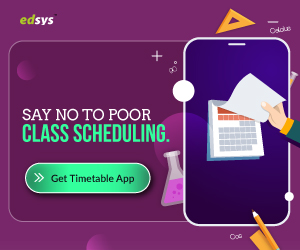





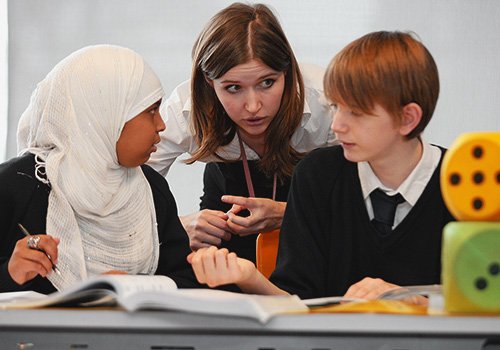
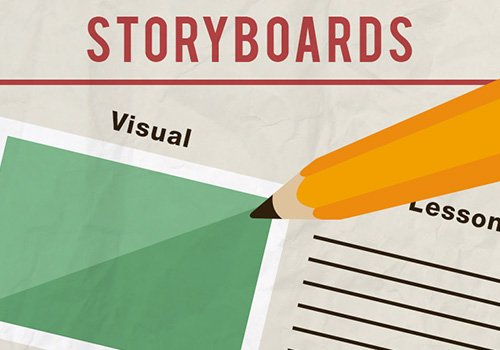
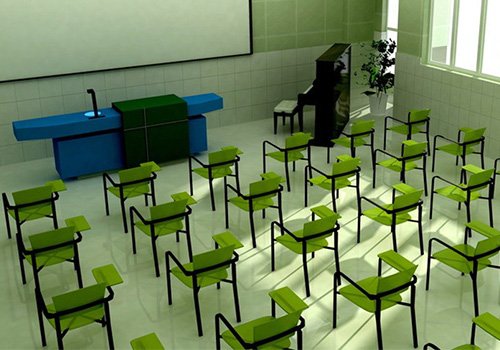


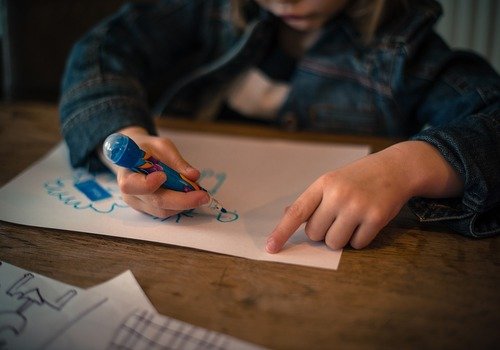

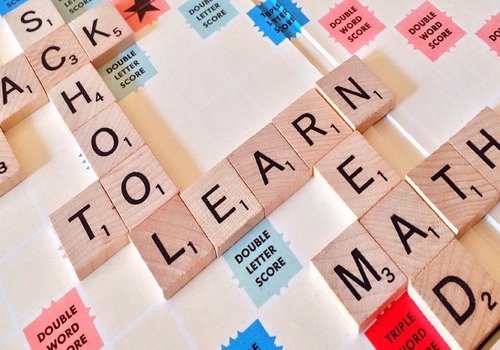




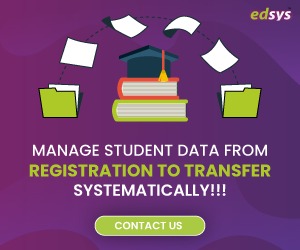
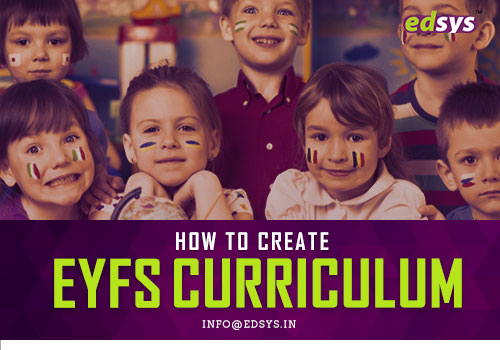
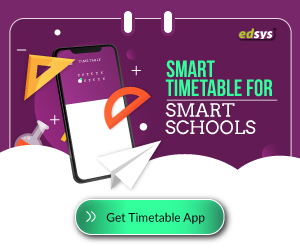
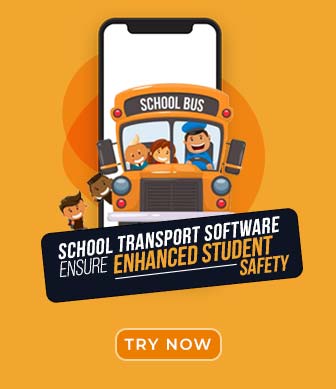



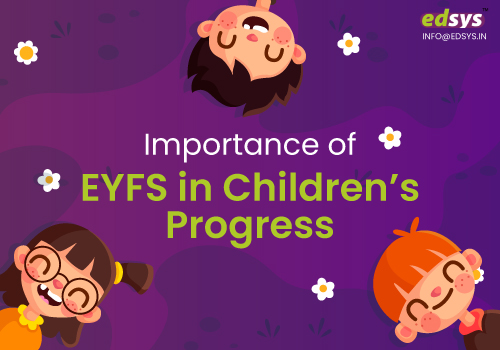
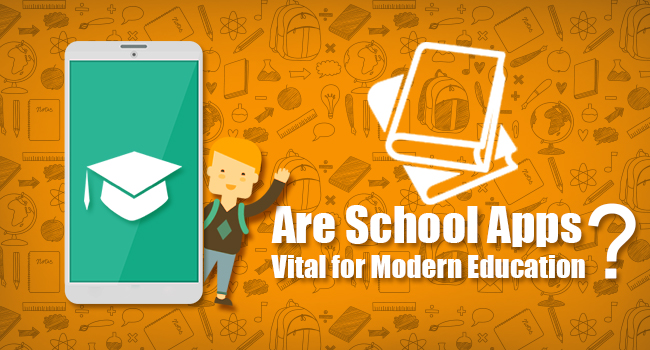

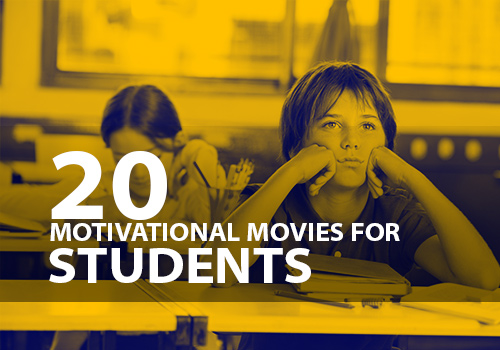




















![Special Education Needs for Children [EYFS]](https://wp.edsys.in/wp-content/uploads/2015/10/Special-Education-Needs-for-Children-EYFS.jpg)
